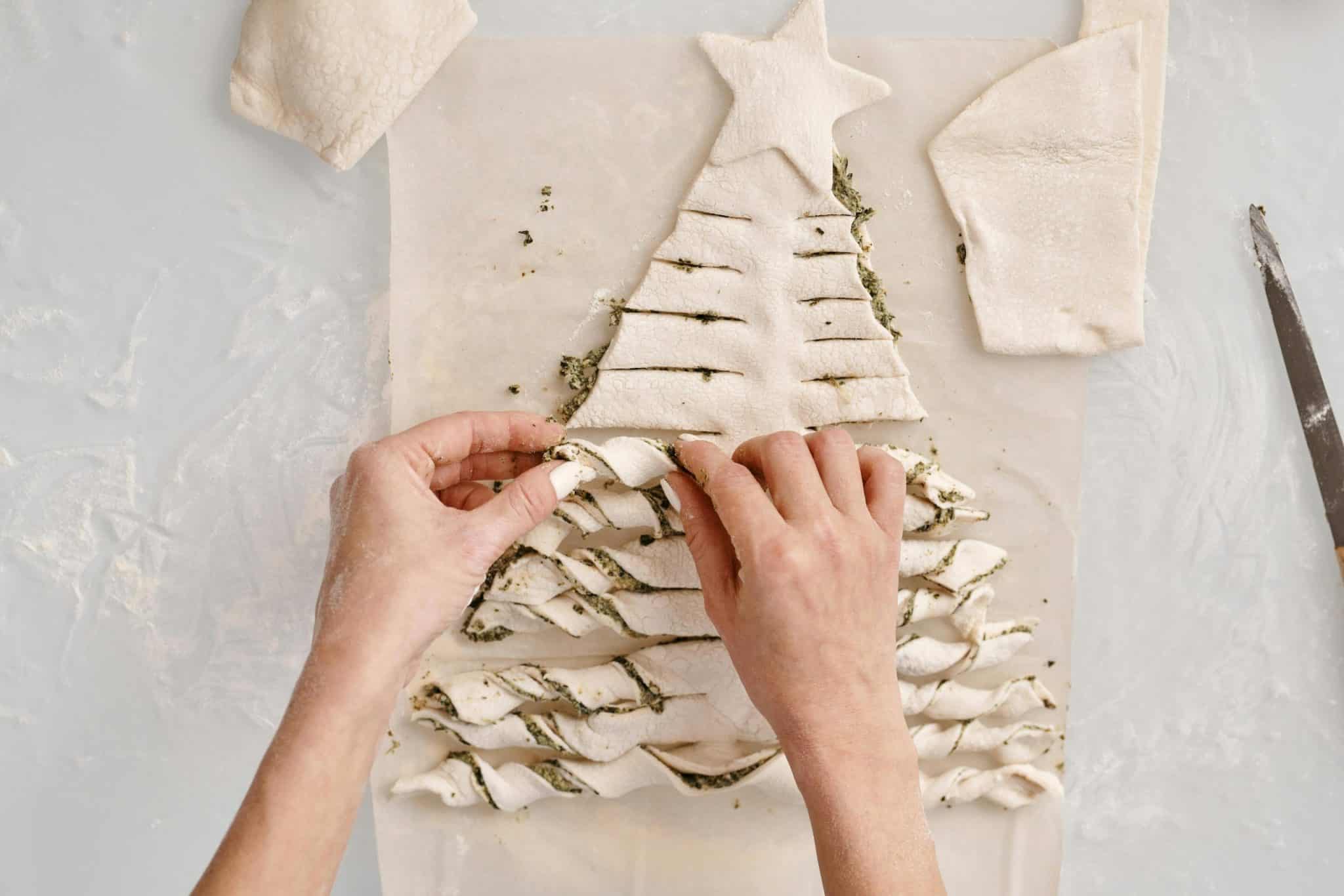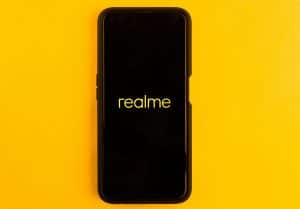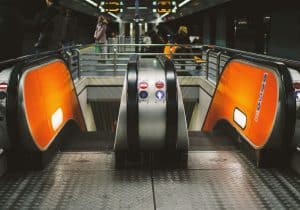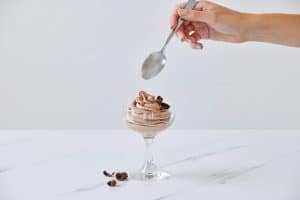3D-Printed Food Pens: Dessert Designs in Midair
Picture this: you’re at a fancy restaurant and just finished your main course. As you glance through the dessert menu, a waiter approaches your table with a unique-looking pen in hand. He explains that it is a 3D-printed food pen, and with it, you can draw intricate dessert designs right in front of your eyes. Sounds like something out of a sci-fi movie, right? Not anymore. This technology is no longer a figment of someone’s imagination, but a reality that is changing the way we think about food and design. In this article, we will delve into the world of 3D-printed food pens and how they are revolutionizing dessert designs in midair.
The Rise of 3D Printing in the Culinary World
3D printing has been around for a few decades, but it was primarily used in manufacturing industries. However, with advancements in technology, 3D printing has made its way into the culinary world. Food 3D printers produce three-dimensional objects by building successive layers of edible materials, much like a conventional 3D printer that uses plastic. These printers have been used to create intricate shapes and textures for various foods, from chocolate sculptures to pasta.
The Introduction of Food Pens
As 3D printing gained popularity in the culinary world, chefs and food enthusiasts started experimenting with new ways to utilize this technology. One such innovation is the 3D-printed food pen. These pens resemble traditional ink pens, but instead of ink, they use liquid edible materials, such as chocolate or icing. The pens also come with various tips, ranging from fine to thick, allowing for detailed and precise designs.
Dessert Designs in Midair
The most significant advantage of 3D-printed food pens is the ability to create dessert designs in midair. Unlike traditional methods where the designs are on a flat surface, 3D-printed food pens allow for designs to be drawn vertically. This opens up a whole new dimension for chefs and home cooks to experiment with, creating visually stunning desserts that were never possible before.
Unlimited Creative Possibilities
With 3D-printed food pens, the only limit is your imagination. Chefs can create intricate lace-like patterns, unique shapes, and even personalized designs for their customers. The pens also come with interchangeable cartridges, meaning different colors and flavors can be used, making the designs even more visually appealing. This level of creative freedom has allowed chefs to push the boundaries of dessert design and create truly one-of-a-kind masterpieces.
Efficiency and Precision
Aside from the artistic possibilities, 3D-printed food pens also offer practical benefits. For one, they reduce the time and effort needed to create intricate designs, making it a viable option for busy restaurants. Chefs can also achieve precise and consistent designs, eliminating the possibility of human error. This level of consistency is crucial for high-end restaurants, where presentation is just as important as taste.
The Future of 3D-Printed Food Pens
The potential for 3D-printed food pens in the culinary world is vast. As technology continues to advance, we can expect to see more developments in this field. There is already talk of 3D-printed food pens being used in space for astronauts to enjoy a taste of home while on long missions. In the future, we may see these pens being used in everyday households, allowing home cooks to create intricate dessert designs without any specialized training.
Conclusion
3D-printed food pens have brought a new level of creativity and precision to the world of dessert design. With the ability to create designs in midair, chefs can now create visually stunning desserts that were never possible before. As this technology continues to evolve, we can expect to see more innovative uses for 3D-printed food pens. The only question now is, what will be the next big thing in the culinary world?










